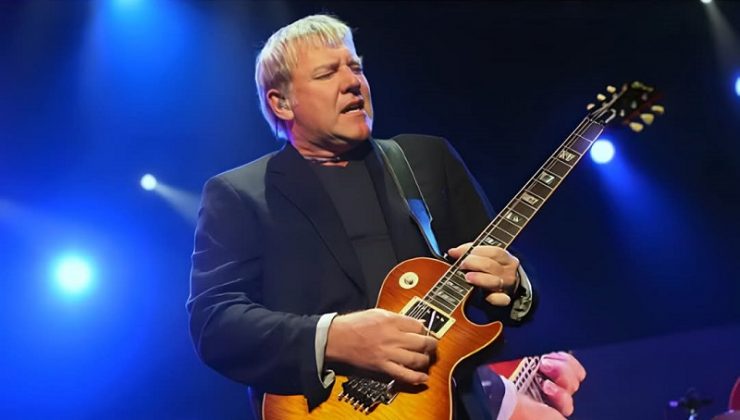ALEX Lifeson, the guitarist and founding member of Rush, played a crucial role in shaping the band’s distinctive sound through his versatile and innovative guitar work. Born in 1953 in Canada,
Lifeson’s playing evolved significantly over the course of Rush’s prolific career, moving from straightforward hard rock riffs in their early days to more atmospheric and experimental textures in later albums.
What sets Lifeson apart is his unique ability to combine technical precision with emotional expression. Whether delivering intricate solos, complex chord progressions, or experimenting with effects, his guitar contributions have been fundamental to Rush’s musical identity.
Early albums like Fly by Night (1975) and A Farewell to Kings (1977) highlight his memorable riffs, while later works such as Moving Pictures (1981) and Signals (1982) showcase his exploration of atmospheric sounds and innovative use of delay effects, broadening the band’s sonic landscape.
Lifeson’s skill in balancing rhythm and lead guitar duties further distinguished him. His multi-layered guitar parts often intertwined seamlessly with Geddy Lee’s bass and Neil Peart’s dynamic drumming, creating a rich, complex musical texture.
Iconic riffs in tracks like “Tom Sawyer” and “Limelight” have become instantly recognizable, illustrating his mastery at blending technical skill with expressive playing, which was vital to Rush’s ongoing evolution.
Outside of Rush, Lifeson has pursued solo projects and collaborations, but his legacy is firmly rooted in his work with the band. His guitar style has inspired countless musicians, especially within progressive and hard rock circles. Ultimately, Alex Lifeson’s imaginative and boundary-pushing guitar work helped define Rush’s sound, leaving an enduring mark on their legacy and on rock music as a whole. [sources/photo special]
















